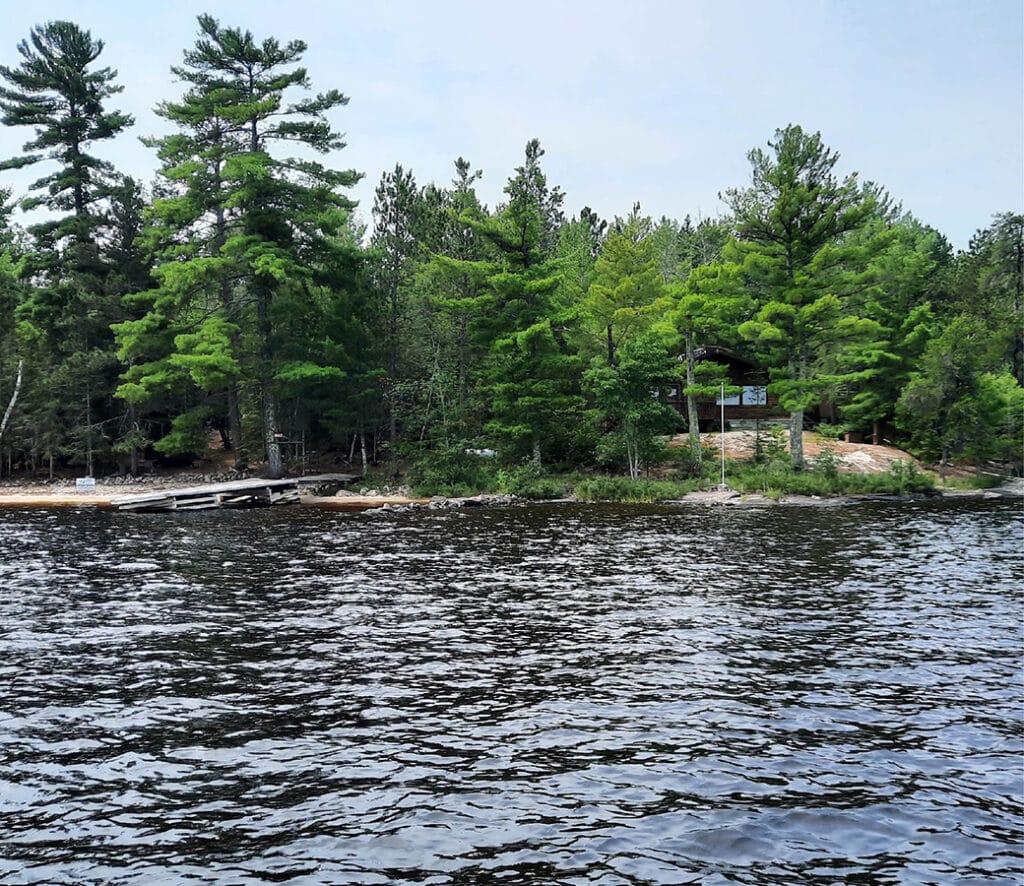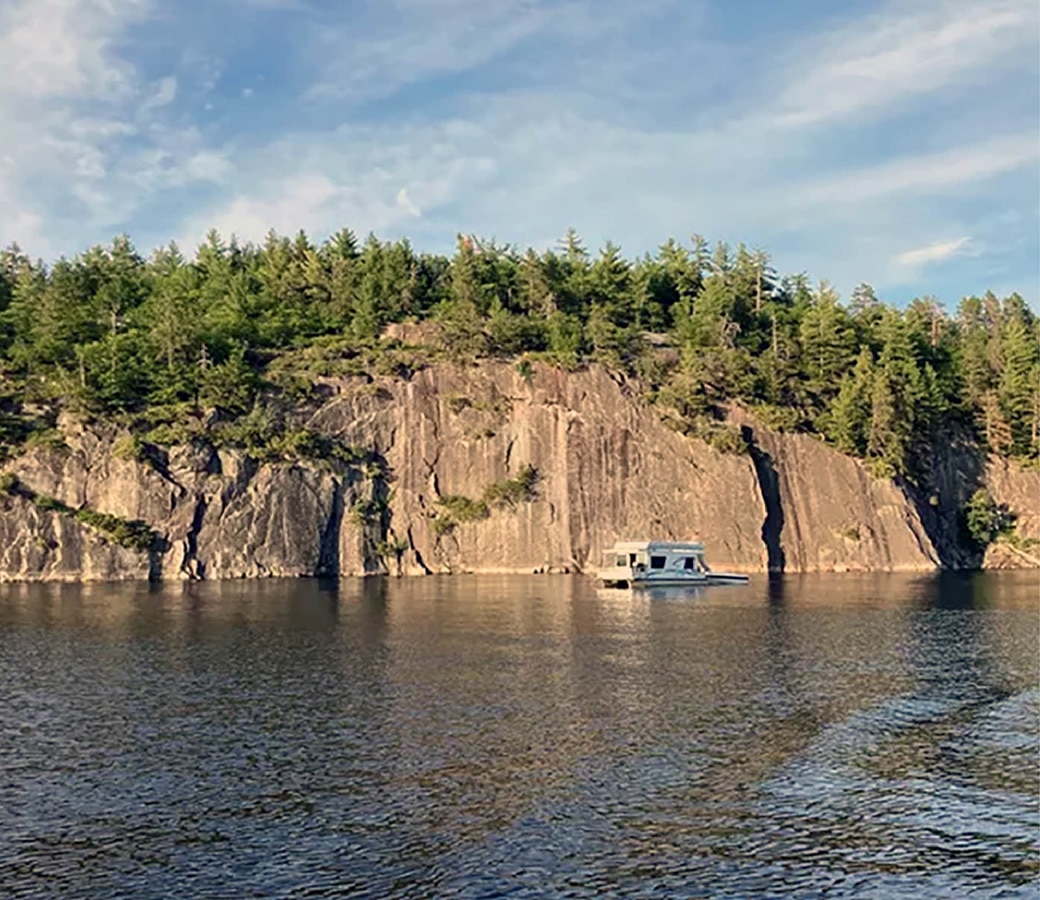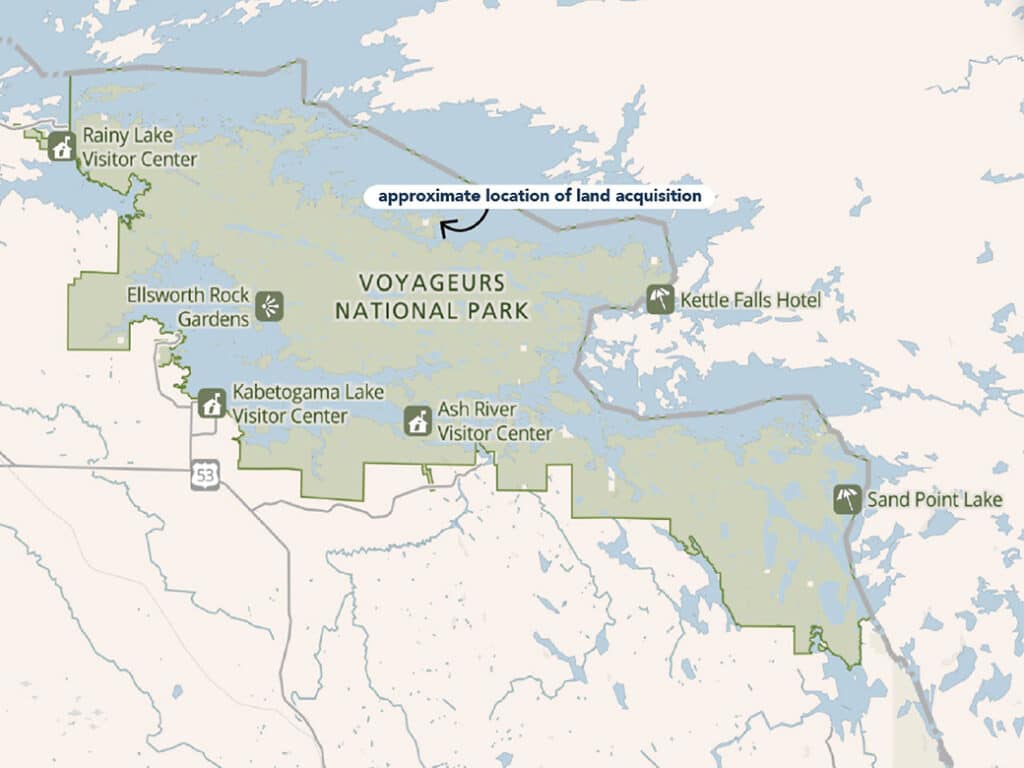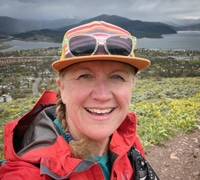
A private land acquisition has expanded Voyageurs National Park by 51 acres. The National Park Service and Voyageurs Conservancy partnered with a Minnesota family over the past year to secure permanent protection for the property. Located on an island in Rainy Lake, the park service sees this as a significant milestone in its ongoing mission to protect natural habitats and parklands for outdoor enjoyment.
Safeguarded for all
Superintendent Bob Degross expressed his appreciation for the latest addition to the park. “Voyageurs National Park is rich with family histories, and these families share deep connections to our beautiful northern lakes,” he said. He added, “We extend our heartfelt gratitude to the Ramsey family and others who have made the profound decision to entrust land to the protection of the National Park Service. This acquisition not only enhances the park’s natural beauty but also plays a vital role in conservation, ensuring that future generations can enjoy and appreciate the splendor of nature.”
According to the park service, the Ramsey family has owned the property for generations. Their grandfather, Everett Ramsey, purchased it in 1958, long before the national park was established. Recently, the family expressed a desire to move on and put the property up for sale in 2023. Located east of the Rainy Lake Visitor Center, the newly acquired site on Big Island is accessible only by water.

Preserving history and nature
Voyageurs National Park spans over 218,000 acres. Established in 1975, the Park holds evidence of over 10,000 years of human activity, including that of Native Americans, fur traders, loggers, miners, and homesteaders. The land transitions between the boreal forest along the northern boundaries and the temperate deciduous forest to the south. The park takes its name from the French Canadian voyageurs—French for “travelers”—who paddled the waterways during the 17th and 18th centuries.
The Ramsey family recognizes the importance of preserving that history and ensuring future visitors can enjoy it. “This transition will allow park visitors to view the stunning sunrises, listen for the call of the loon, and hear the wind whispering through the pine trees, just as our family has for so many years,” they stated.
When the park was established, many private properties remained within its legislated boundaries. Currently, about 40 privately owned properties are located within Voyageurs National Park.
The Voyageurs Conservancy, the park’s official non-profit, aims to protect all remaining private properties. Collaborating with interested landowners, they explore ways to preserve the land and transfer it to the park. They envision a future where the land supports native vegetation, wildlife, and outdoor recreation.
The National Park Service, in partnership with the Conservancy, facilitated the permanent preservation of the property. The 2020 Great American Outdoors Act also played a crucial role, providing annual funding for the Land and Water Conservation Fund (LWCF), which made the purchase possible.

More info:
- National Park Service: Acquisition of 51 Acres on Rainy Lake
- National Park Service and Voyageurs Conservancy Announce Acquisition of 51 Acres on Rainy Lake
- ‘Peaceful’ cabin on 51 acres in Voyageurs National Park – The Minnesota Star Tribune

Wilderness guide and outdoorswoman Pam Wright has been exploring wild places since her youth. Remaining curious, she has navigated remote lakes in Canada by canoe, backpacked some of the highest mountains in the Sierra Nevada, and completed a thru-hike of the Superior Hiking Trail. Her professional roles include working as a wilderness guide in northern Minnesota and providing online education for outdoor enthusiasts.

